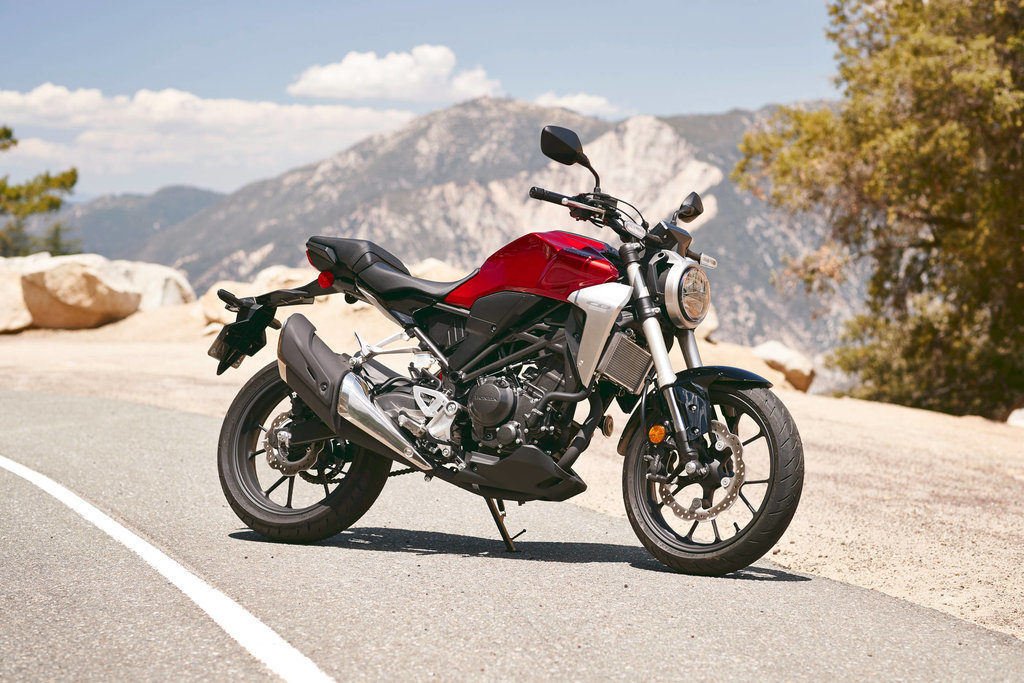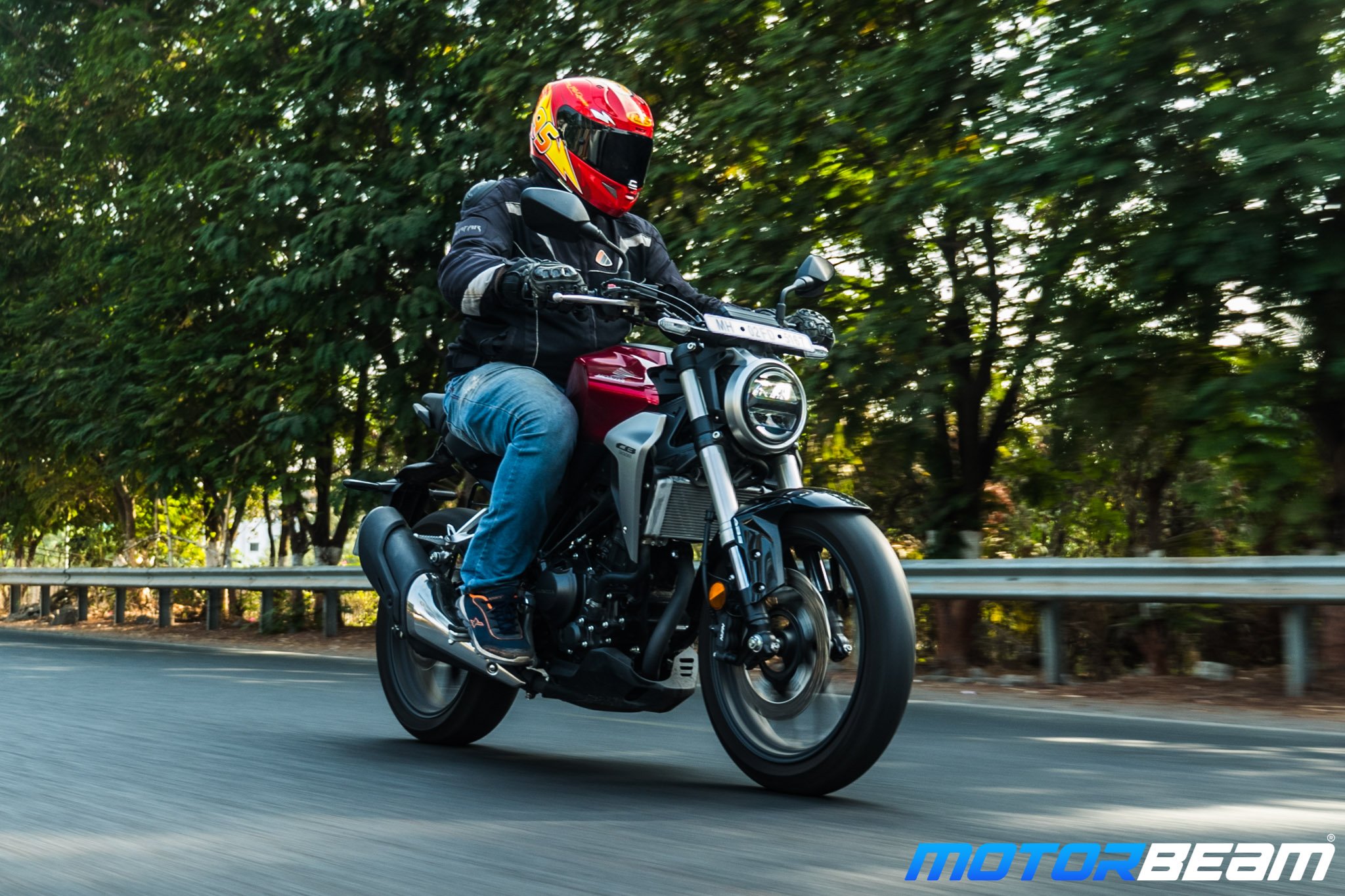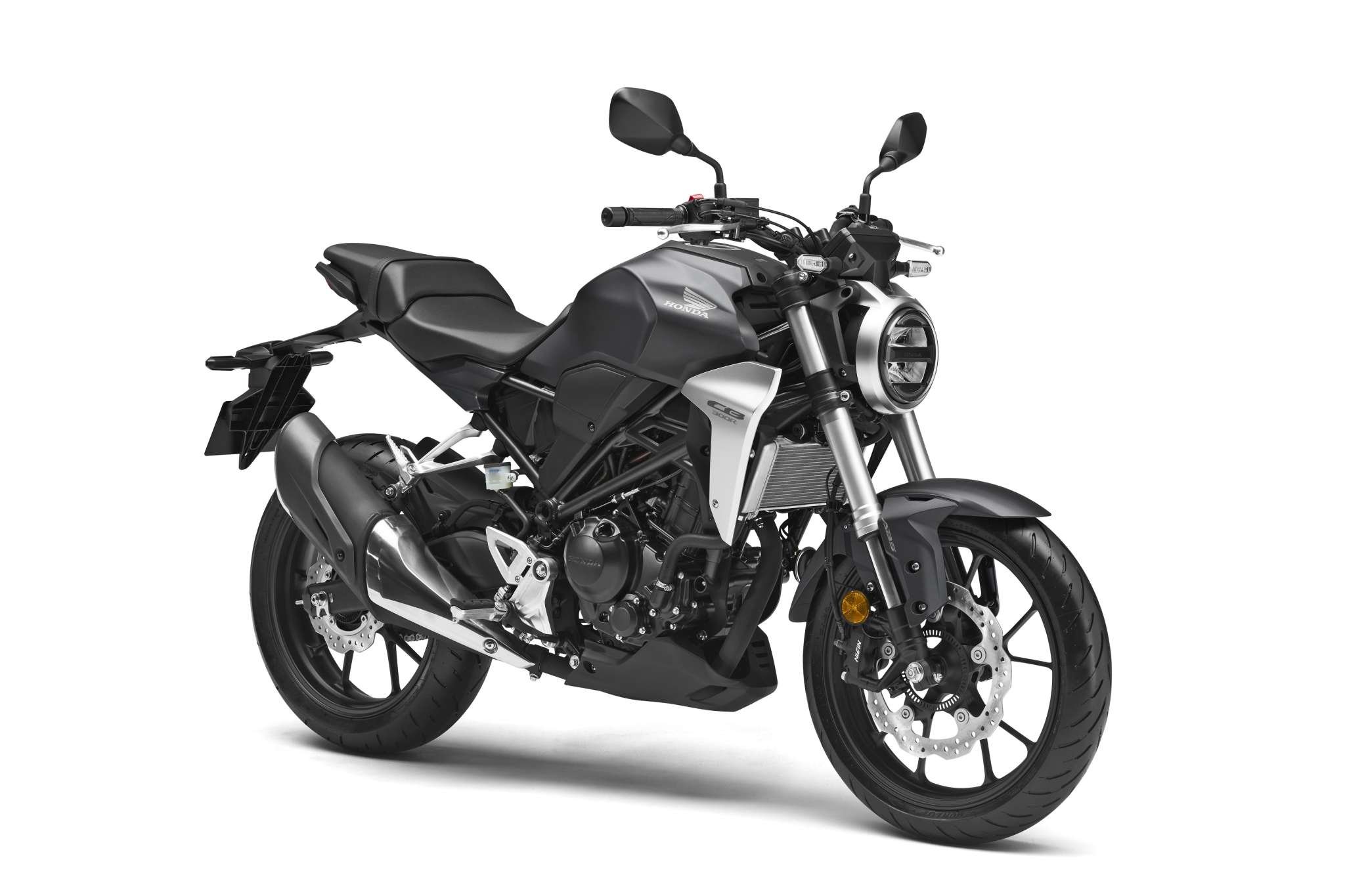KTM has the best instrument cluster in its class
Instrument Cluster and Switchgear – Without a shred of doubt, the KTM Duke 390’s instrument cluster is better than anything else in the market. The Honda CB300R uses an all-digital full LCD panel which lacks few features like gear position indicator, distance to empty and side stand indicator. The Duke 390 uses a colour TFT display which offers a variety of information. A smartphone can also be connected to it via Bluetooth which offers notifications for calls and has a music playback interface. It even displays battery voltage indicator which is quite helpful in the long run.
CB300R’s instrument cluster lacks few features and has a darker LCD
Switchgear quality on the Honda is a tad better than that on the KTM
Both bikes offer tachometer, speedometer, trip meters, fuel indicator, time, average speed and fuel economy details. However, the information displayed on the CB300R is more robust and one has to switch through it to see all the information. But KTM makes up for it, by offering all information at once. It also gets back-lit switches which the CB300R misses out and has 4 extra buttons on the left switchgear to control the multifunctional display. The horn and indicator button positions are swapped on Honda CB300R, so it takes some time getting used to.
Duke 390 has a 30 mm higher seat height than the CB300R
Ergonomics – The KTM Duke 390 and Honda CB300R have an upright seating posture. While both the motorcycles also have a handlebar setup, the ergonomic triangle is quite different. The footpegs on the KTM are slightly rear-set while that on the Honda are centre-set. With a seat height difference of over 30 mm, you sit higher on the Duke 390 while the CB300R is quite comfortable and accessible for shorter riders. The Duke actually has more space for the rider as well as the pillion but the seat cushioning on both the motorcycles isn’t suited for comfort. Both the motorcycles get a split-seat setup while the seat is even harder on the CB300R as compared to the Duke. Grab-rails for the pillion are the best on the Duke 390 while the CB300R gets an integrated unit.




